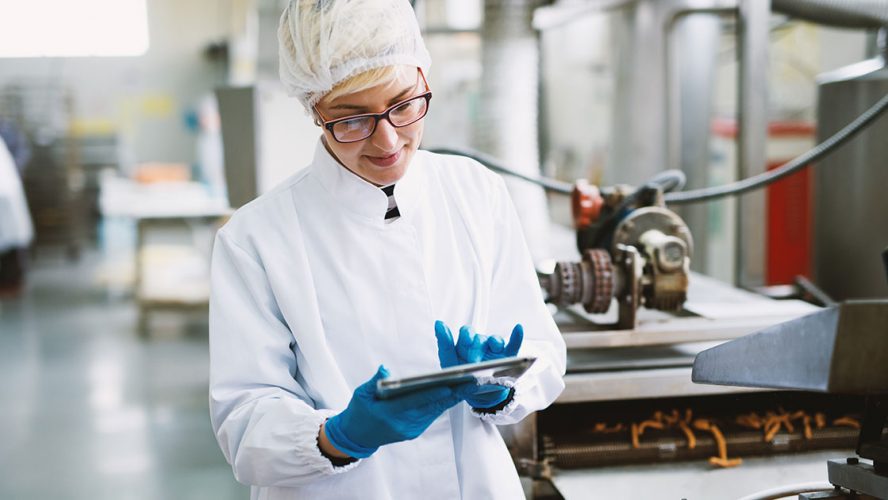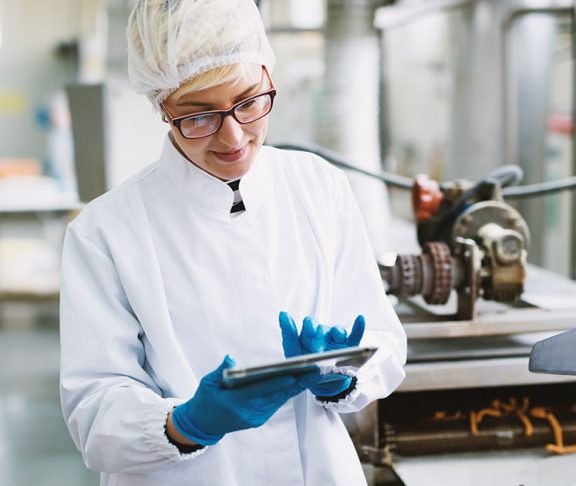Blockchain record-keeping is more than just a fad. It’s something leaders at the world’s largest food companies have decided is the future of their businesses. And that means your farm or ranch may be adopting it in the very near future.
The math behind it is complex, but almost all of that detail is irrelevant to the people who will need to use it.
Increasing transparency
Consider the recent news, such as the multiple E. coli contaminations of romaine lettuce.
These problems arise because we don’t always know everything we need to know about food when we buy or sell it. In each case, someone wanted to trace food from producer to consumer, or vice versa.
At its heart, a blockchain is a big ledger: a massive list of transactions that must be filled out as goods flow from producer to retailer, or even back again.
We once answered questions like these with paper trails, a process that was slow and cumbersome. Today we have lots of electronic records, but like the paper that came before, they’re scattered all over.
The romaine lettuce outbreak took longer than anyone wanted to resolve; everyone had different records, and tracing the chain back to the suppliers took a long time. Now, imagine all those records were entered into a single record that could be seen and modified by every company who had anything to do with moving that lettuce. And just for good measure, imagine that all those entries were permanent, so that even if you made a correction, everyone would see that you’d made that correction.
That kind of transparency would give food companies and farmers far more useful information than they’d ever had.
Add radio-frequency identification tags, barcodes or QR codes to the food we’re moving and things get really interesting. Suddenly, those millions of pallets of romaine could be automatically tracked from the very field in which they grew, to the checkout line and the restaurant refrigerator. What once took days or weeks could take hours, or even minutes, to trace back.
The benefits
A functioning blockchain, supporters say, could trace outbreaks to the source, avoiding mass destruction of food that’s perfectly safe to eat and saving innocent farmers thousands, maybe millions, of dollars in losses. Producers and food companies, meanwhile, can work with the technology with little more than a smartphone and a web browser.
IBM is the first major player out of the block. The New York giant has convinced dozens of U.S. companies such as Kroger, Walmart, Dole and Tyson Foods to use its technology. Over in Europe, meanwhile, heavyweights such as Nestlé and Unilever are using the company’s blockchain service. France’s Carrefour discount chain is looking at blockchain for its perishable-food sales.
Not all food, of course, is easily packaged and labeled; the massive quantities involved in soybean and wheat processing don’t yet make detailed sorting possible, for example. However, the ability to trace grains to and from a specific elevator isn’t hard to imagine and is better than what most food companies can do today.

